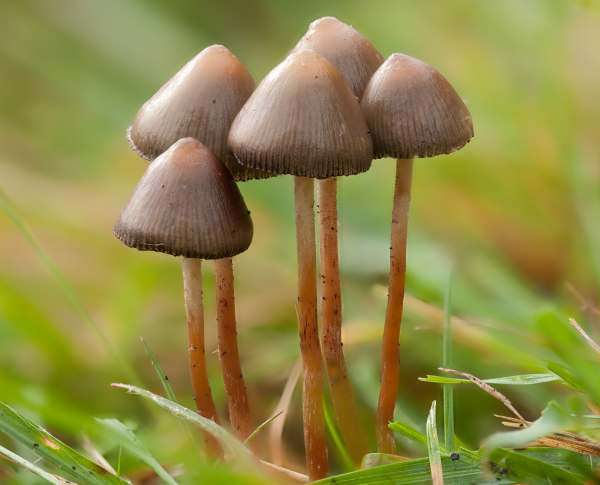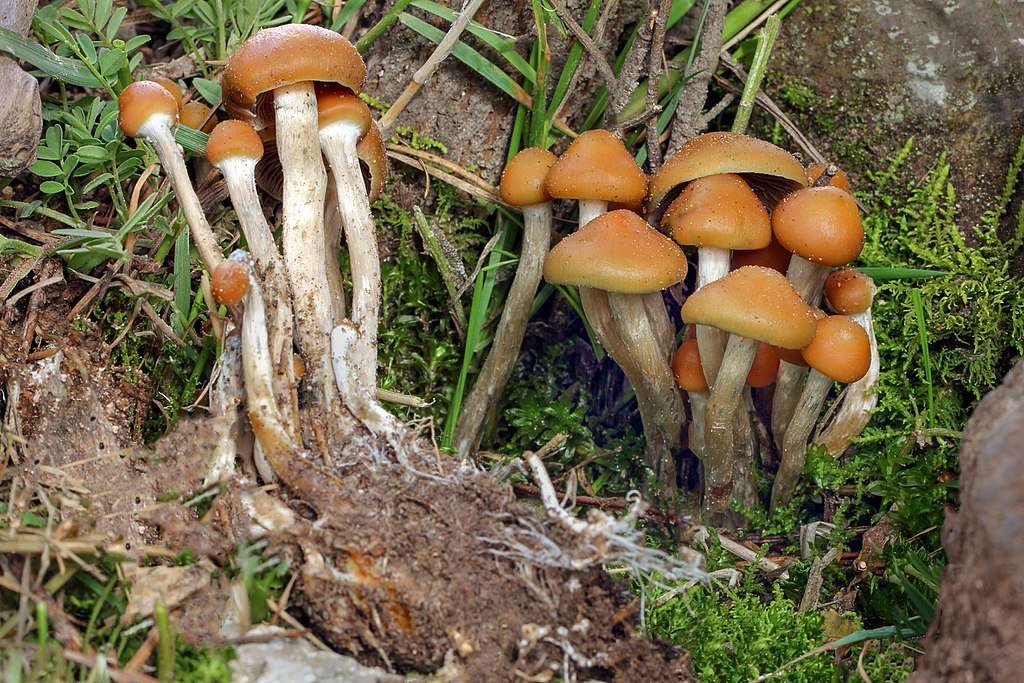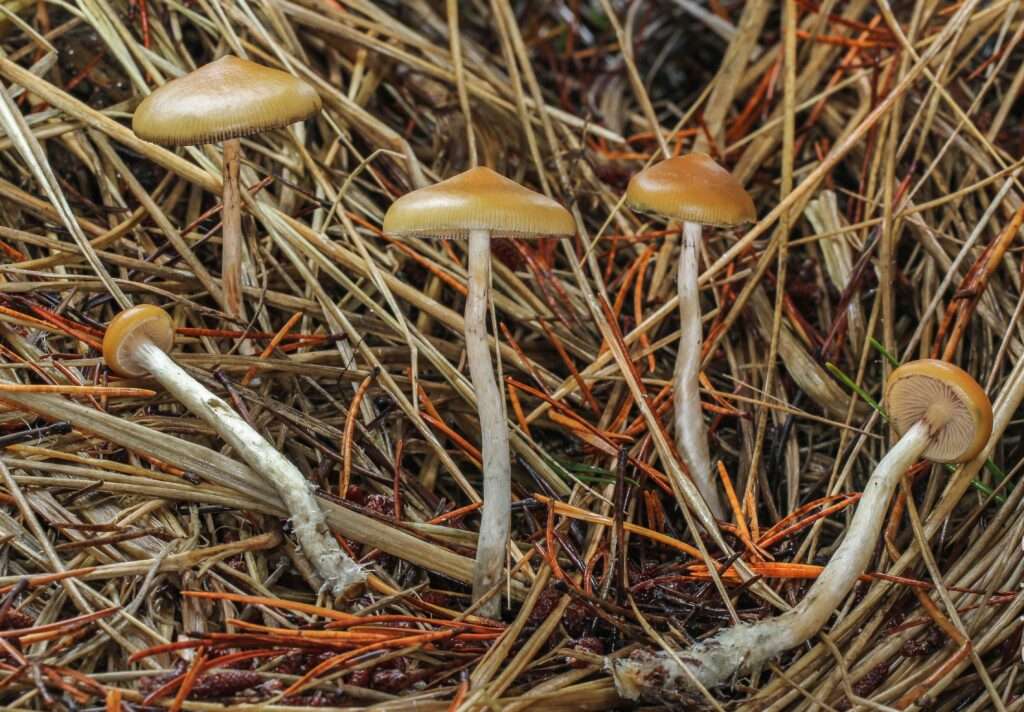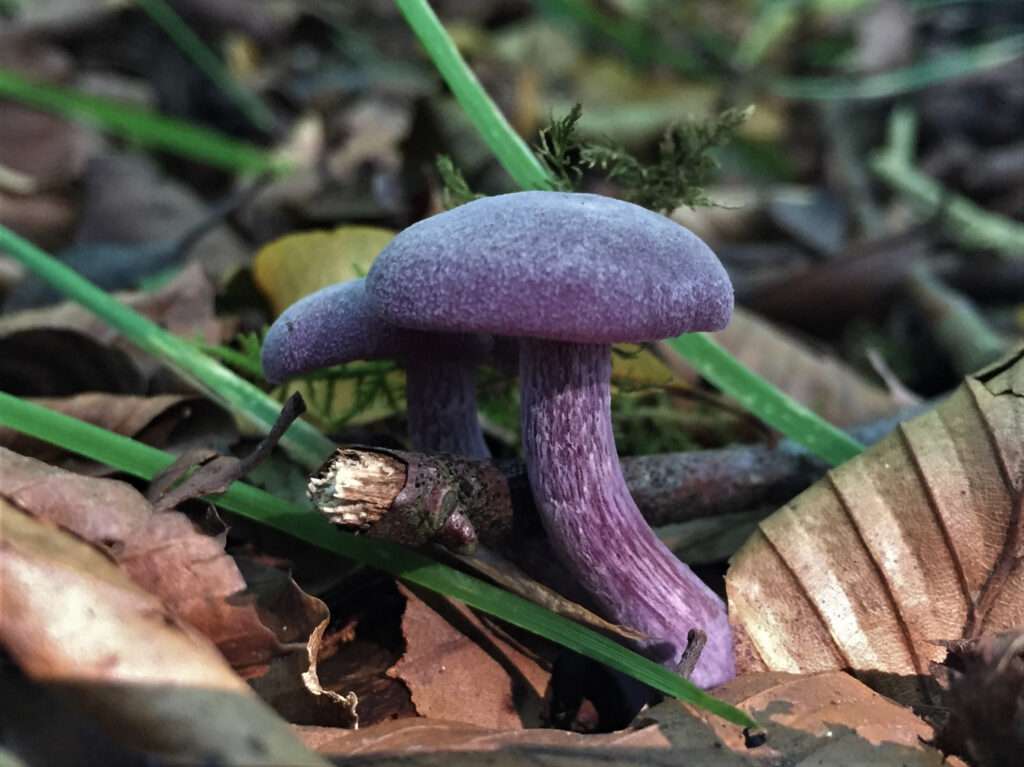
Scientific name
Laccaria amethystina
Description
The Amethyst deceivers cap has a diameter of 1-6 cm, is first convex, then flattens out, and frequently has a depression in the center. When the mushroom is immature or damp, the cap will be lavender to deep purple as the mushroom ages (or dries), the color will become light reddish purple and later become a reddish brown, and eventually virtually white as the purple color fades. The edge contains pale striations, and the center might occasionally be a little scurfy.
The stem is between 0.6 and 7 centimeters in length and 0.1 and 0.7 centimeters in thickness. It is hollow, fibrous, and quite rough when wrapped between the fingers. The flesh is thin, purple in color, and has neither a distinguishing flavor nor scent. The gills are the same color as the cap, frequently relatively far apart, and covered with white spores.
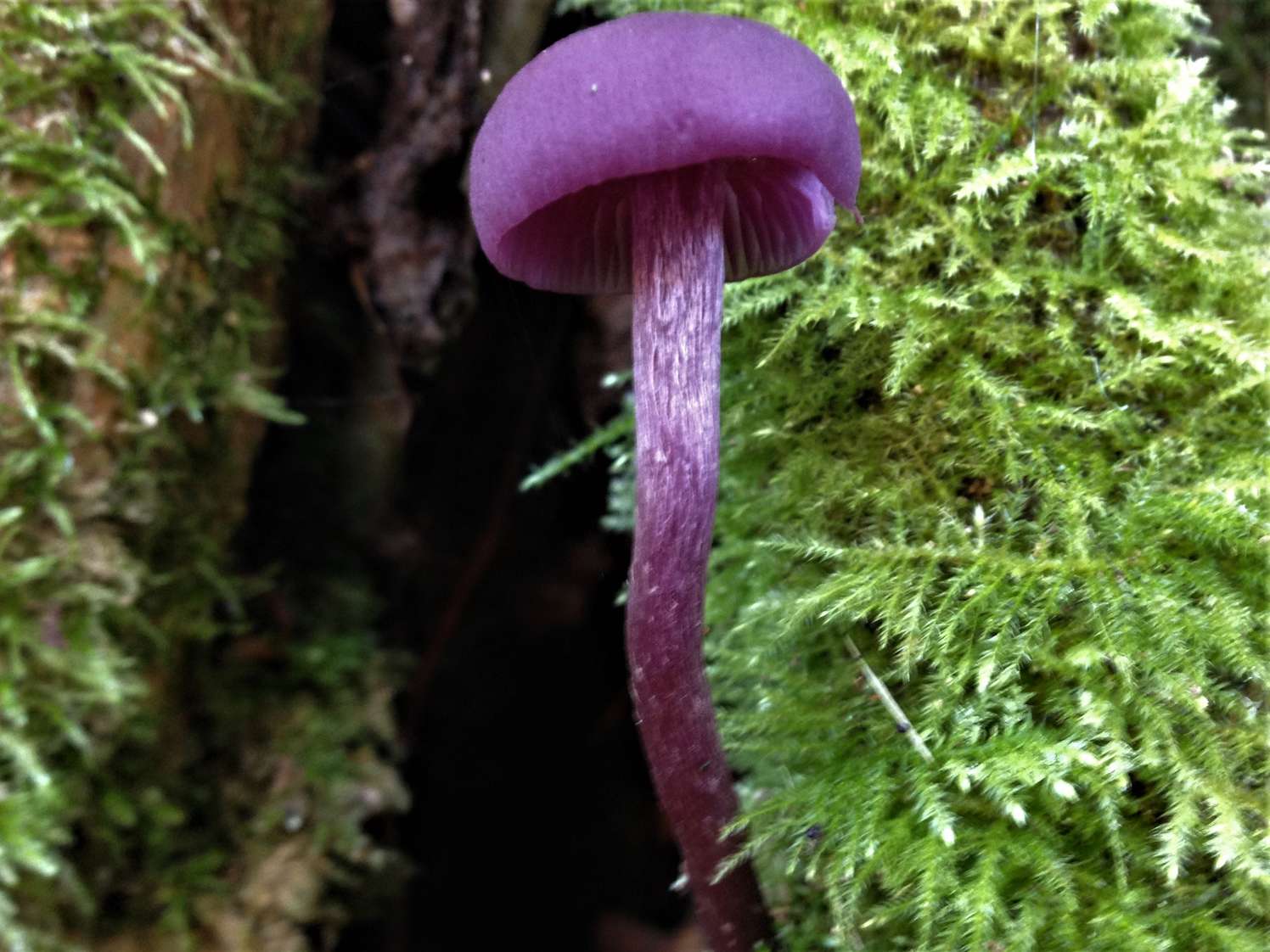
Habitat
Laccaria amethystina grows in temperate areas of Europe, Asia, and the Americas from late summer to early winter. In all types of woods, they grow by themselves, in groups, or gregariously in the leaf litter, but under beech and oak trees, they are found in great profusion.
Uses/Importance
They are not commonly used in recipes since it takes many of them to produce a delicious meal, and they are typically quite small and difficult to collect in sufficient amounts. Additionally, because the stems are harsh and inedible, only the caps can be used for cooking.
Laccaria amethystina itself is not hazardous. However, if cultivated in arsenic-polluted locations, this arsenic may collect and reach lethal amounts within the mushroom’s meat. For instance, a study in South West China that examined the levels of arsenic and related health risks in Laccaria mushrooms discovered that eating 300g of fresh Laccaria species for one meal per week resulted in exposure levels of arsenic that were higher than the recommended upper limit for ingestion of inorganic arsenic by the Joint FAO/WHO Expert Committee on Food Additives.
Table



